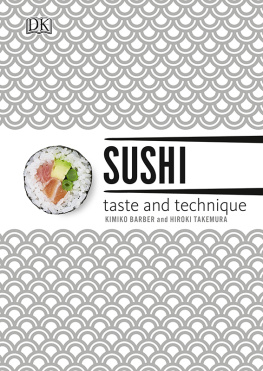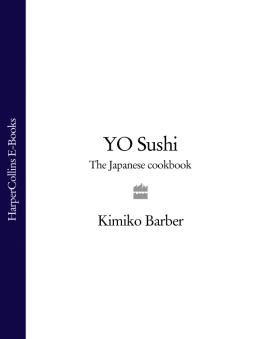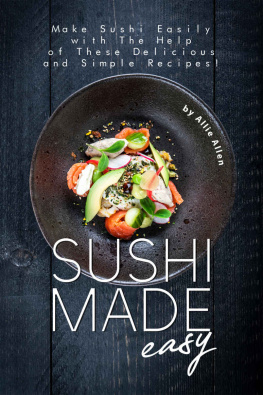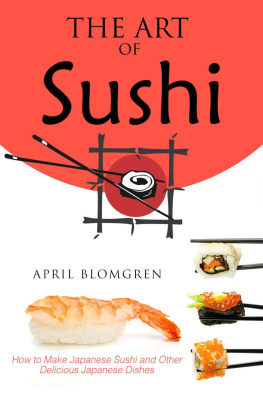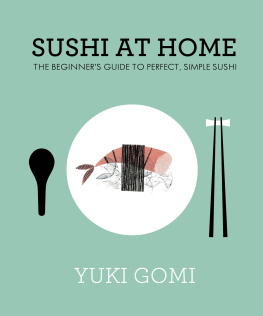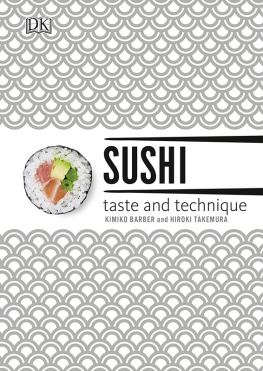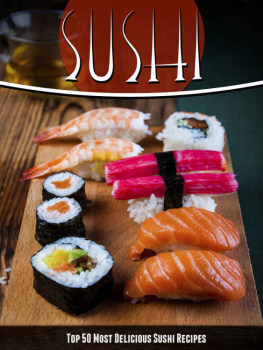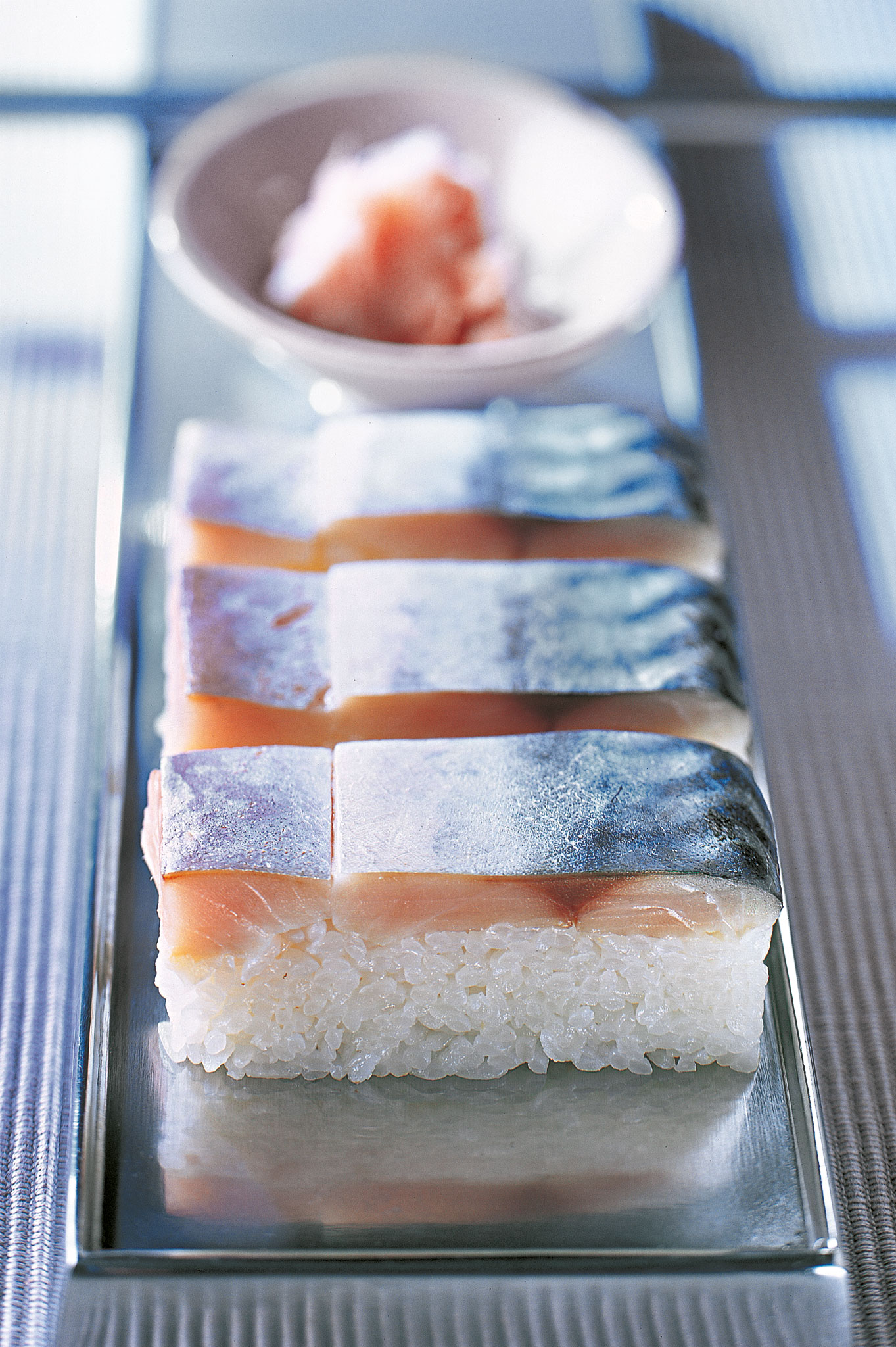Rice is still a staple food of Japan, thousands of years after its introduction in around 500 B.C.E .

The spread of knowledge
Buddhist priests may have brought sushi back from China in the 7th century C.E .
From preserved fish to sushi
Nare zushi continued in its original form until the mid-15th century, when the process was revolutionized by reducing the fermentation period to less than six months. The shorter fermentation period still preserved the fish, but the fermented rice would remain instead of breaking down entirely. This new type of sushi was called nama-nare zushi , meaning fresh-fermented sushi, or han-nare zushi , half-fermented sushi. By this time, sushi was being made widely by ordinary people, to whom rice was a food not to be wasted. The acidic-tasting rice was now eaten with the fish, a familiar idea that still applies to the sushi we know and eat today.
Sushi evolves
Japan saw a major change in political power at the start of the 17th century, which was to have a far-reaching influence on its cuisine. In 1603, shogun Tokugawa Ieyasu unified the country and established a federal government in Edo (now Tokyo). With the establishment of a powerful political and social structure came economic growth, fueled by a focus on boosting rice agriculture; it is estimated that rice production almost doubled.
The increased rice production led to the wider use of other rice-based products, too, such as sake and rice vinegar. It was the greater availability of rice vinegar specifically that resulted in the birth of haya zushi , or fast sushi. Instead of letting rice ferment naturally and produce lactic acid, rice vinegar was now added to it, which reduced the time it took to prepare sushi from several months to just a few hours.
Using vinegar to season the rice not only made sushi quicker to make, it also encouraged the creation of new styles of sushi. It was no longer essential to press the rice and fish into a box to ferment it (although pressed sushi continued to be very popular). Over the next couple of centuries, many other types of sushi evolved, such as chirashi zushi (scattered sushi), maki zushi (rolled sushi), and inari zushi (sushi stuffed into seasoned, deep-fried tofu pouches). By the end of the 18th century, these new styles of sushi were being made in all corners of Japan.
Nigiri zushithe first fast food
Hanaya Yohei, who set up a sushi stall in Edo in the early 19th century, is widely credited with being the inventor of the nigiri zushi , or hand-formed sushi, that we know today. He was the first chef to squeeze vinegared rice into a ball and top it with a slice of fish. Although the addition of rice vinegar had reduced preparation time, sushi chefs still made traditional pressed sushi, which took some time to prepare. The residents of Edo were notoriously impatient, so Yoheis newly invented nigiri zushi , which took only a few minutes to prepare, soon caught on. The new style of sushi was known as Edomae nigiri , or Tokyo-style hand-formed sushi, and local fish and shellfish from Tokyo Bay were used for its toppings. It was much larger in size than modern nigiri zushi , however, and the toppings were mostly cooked, cured, or marinatednot raw as we are familiar with today.
As popular as it was in Edo (later renamed Tokyo), nigiri zushi was only made in the Tokyo area until the 1940s. At the end of World War II, food rationing prevented sushi shops from operating normally. When the Allied Occupation authorities issued a directive allowing the exchange of one cup of rice for 10 pieces of nigiri zushi and a sushi roll, they did not include any other type of sushi. To keep their shops open, sushi chefs in the rest of Japan found it necessary to adopt Tokyo-style hand-formed sushi.

Urban fast food
The quick pace of life in Edo (now Tokyo) gave rise to the first fast food nigiri zushi.
Sushi stalls disappear
It was at about this time that sushi stalls began to disappear completely. Sushi stalls had been familiar features on Tokyo street corners throughout the previous centuries, when they were hauled into their alloted place in the evenings, stategically positioned to catch hungry men on their way back from public bath houses. Customers shared communal bowls of pickled ginger and soy sauce and wiped their hands on a curtain hung behind them. A sure sign of a good sushi stall was a filthy curtain, as this showed that a lot of hungry diners had eaten there. With the demise of public bath houses and tightening of food hygiene regulations, the stalls gave way to sushi shops that were open during the day. By the late 1950s, the invention of kaiten zushi , or conveyor-belt sushi, had arrived, making sushi more affordable and accessible than ever.

